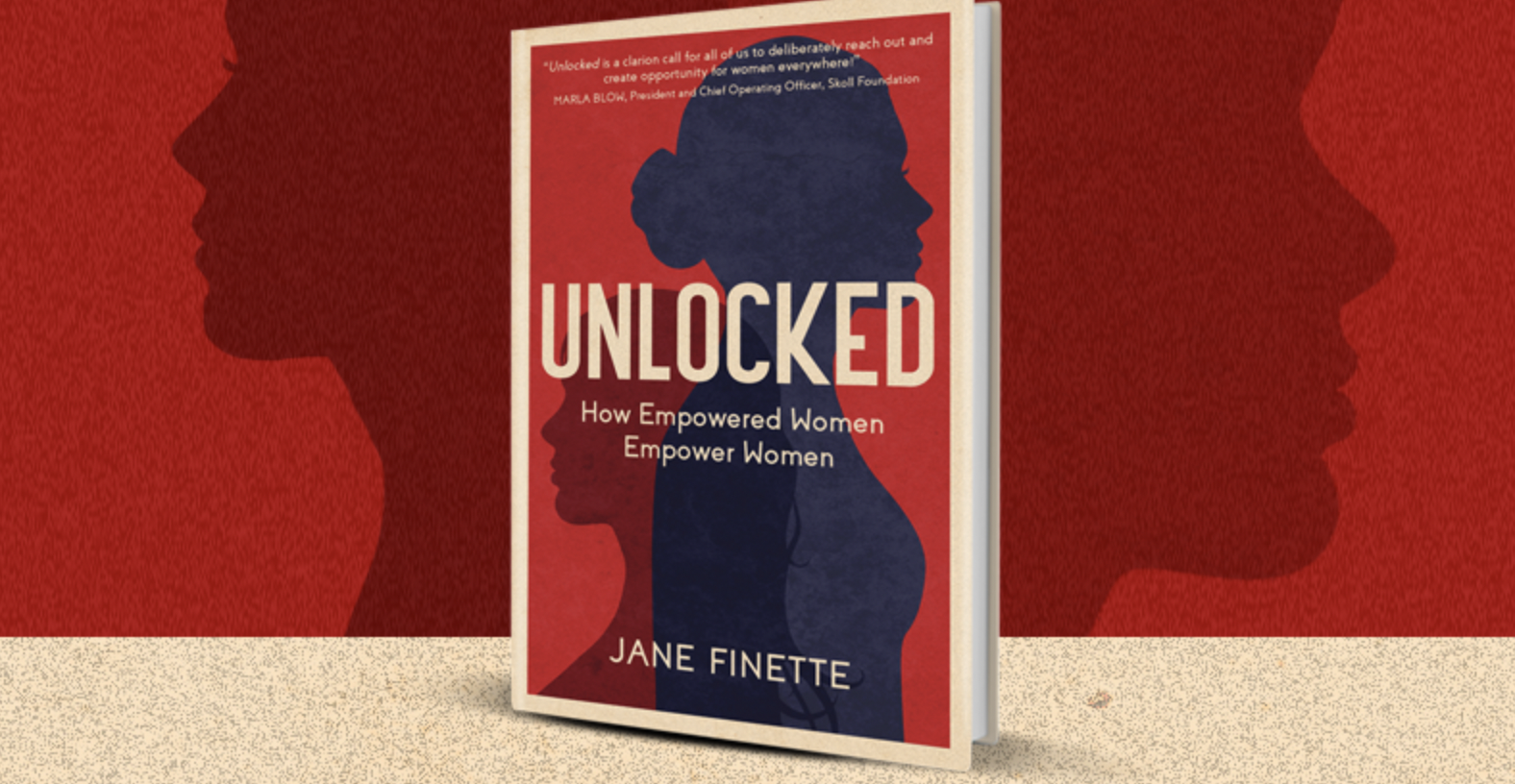The new year is a great time to take a personal inventory and confirm you have the proper skills for success in the coming 12 months. With that in mind, we’re pleased to share a few thoughts on what soft skills are a MUST for every executive’s professional arsenal. THE BASICS Communication. Number one on our […]
Continue readingThe Inspirational Leader: Fundamental skills for today’s CEO

As leaders, we have been trained to give orders. And giving orders is the exact opposite of asking. We are not prepared to ask questions.
I have had the opportunity to meet and advise dozens of CEOs and business owners, and indeed, the ability to ask questions is a rare skill. In addition, leaders can find it hard to understand the short term benefits of asking questions.
And yet, it is certainly the most valuable tool that leaders have when developing and empowering their teams.
But as powerful as the ability to ask questions can be, it is also scarce. I know very few (but really, very few) CEOs who work on developing their “question asking” skills.
Most CEOs don’t know how to ask.
But more than simply justifying this statement, I invite you to put it to the test with me, by doing a simple exercise.
Think about your last interaction with someone on your team. Whatever the position. You have it? Take your time.
Try to recreate the scenario in your mind.
They are in your office (or in a room that has now become your office given the pandemic), and one of your collaborators contacts you with a concern/problem/situation.
Once your presentation ends, what was your behavior that immediately followed?
Was it 1) instructions on how to solve the issue, or 2) did you activate the maieutic process and began generating open-ended and exploratory questions to help the other person find the answers for themselves?
I’d be willing to bet (if you’re not fooling yourself), they weren’t questions.
But let’s assume you think they were questions.
Were they really questions? Or maybe they were recommendations in the form of questions…. ?
Maybe you have heard about maieutics, or perhaps you haven’t. A little review would not be bad at all. The term is attributed to the great Greek philosopher Socrates.
Modern Socrates:
Although Socrates never wrote anything, some of the young people who followed him everywhere, after his death, collected in various writings the stories and conversations of their teacher. And from these writings, it has been possible to understand what types of questions Socrates used when using maieutics. First, he asked open-ended questions. That is, he was not looking for a “yes” or a “no.” Nor did he ask by conditioning the answer. Actually, quite the opposite to what my mother used to do with me when I was little: “Pablito, do you think you can go and play without having tidied up your room?” or “Pablito, do you think you can start eating without having washed your hands?”
Second, Socrates’ questions were clear, short, and specific. And of course, they adapted to the person’s understanding and characteristics with whom he spoke (age, sex, profession, status, etc.).
There have been many who saw the power of maieutics as a tool to argue and refute. So much so, the Socratic method is currently studied by politicians and lawyers in schools worldwide (although its objective is not usually the search for the truth).
The questions define the tasks, express problems, and determine the issues to focus on. They drive forward-thinking. They push the other towards the search for possible solutions.
A mind without questions is a mind that is not intellectually alive.
- Not (asking questions) questions is equivalent to not understanding.
- Basic questions equal basic understanding.
- Questions that are not clear equate to understanding that is not clear.
- Powerful questions mean deep understanding.
Benefits of Socratic Questions
They say that we have two ears, but only one mouth, to be able to hear twice as much as we speak. And it’s a good idea to remember the importance of asking questions, being quiet, and listening (not the same as hearing). As a CEO, developing the skill of questioning and the use of maieutics has many benefits:
- It allows your collaborators to take an active role in their learning and be aware of the knowledge that is within them.
- Since we are not used to being asked questions very often, it manages to awaken the collaborators’ interest and curiosity, maintaining their attention at all times.
- Facilitates debate and discussion. Questions, especially challenging ones, can make even the most sleepy co-worker react.
Now that we have discovered the power of questions, I would like to share with you seven questions that will undoubtedly generate new areas of discussion with your collaborators.
WARNING: What follows are seven very powerful questions. To make it a good experience for you and your collaborator, I share the two fundamental requirements:
1) Develop active listening (with intention and without distractions). Listen the same way a mother listens to her baby’s cry from miles away (ok. It’s true, I exaggerated a bit).
2) Be open to receive what the other’s have to say without judgment (see “ladder of inference”). Asking questions opens unexplored spaces (or Pandora’s Box) since we cannot model the other’s response.
3) Ask calmly and without ”bulldozing” the other person. Just one question at a time (you don’t need nor want to show you know; it’s not about you). Give participants enough time to think. Each one has their own rhythm. Thirty seconds is an acceptable amount of time.
Some examples of powerful questions
QUESTION # 1: CLOSE THE COMPUTER AND LISTEN
Yes, it looks like a trap. It says QUESTION # 1, and there is no question. It is right. Simply let the silence do its work, and the collaborator begins to “spew” everything they want to say.
Generally, this first argument will have an emotional charge. The emotional load varies according to the collaborator’s profile, from more intensely emotional (profile I in the DISC methodology) to less intensely emotional (profile C in the DISC methodology).
Whatever the profile, we are all human beings, and emotions move us.
Once you’ve listened for a long time (let’s say 7 to 15 minutes), wait for a pause and move on to the next question.
QUESTION # 2: IF I UNDERSTOOD YOU CORRECTLY (PARAPHRASE WHAT THEY SAID TO YOU, SO THEYIKNOW YOU HAVE HEARD THEM) IN ADDITION TO THIS ASK, WHAT ELSE IS ON YOUR MIND?
This second question is essential because it allows you to discover the real problem and delve into it. The initial argument is usually a bit superficial and could be a bit emotional. The answer to this second question should give you an indication of the real problem/situation.
Additionally, this question allows the collaborator to do the work of “digging” for themself. At this point, they put aside the problem “that sounds nice” and shows you “the truth.”
Listen carefully again. If you want to keep digging, just ask: And what else? Or you could say: Tell me more … and the silence again.
Once you have understood the issue at hand, we are able to move on to the next question.
QUESTION # 3: WHAT DO YOU REALLY WANT?
By asking your collaborator what they really want, this leads you to define the end goal. The only way to start working on a strategy to move from point A (current problem) to point B (ideal situation) is to clearly define point B.
At this point, you must contain your desire to deliver the instruction / solution to the collaborator. You probably already know what point B should be. But remember that it is not YOUR problem (although you are the CEO, remember that you seek to develop a new skill and empower your collaborators).
Never, as a leader, should you assume or dictate what point B is. Your employee may want to stay as a supervisor their entire life or want to become president of the corporation. One partner may want to feel physically healthy, while another wants to develop 6-pack abs. Questions 1 and 2 reveals where the collaborator is now. Question 3 shows you where they want to go.
QUESTION # 4: WHAT IS THE REAL CHALLENGE IN THIS SITUATION THAT YOU HAVE SHARED WITH ME?
As a leader, what you want to see as an answer to this question is for your partner to take responsibility for their challenges.
If, when the collaborator responds to you, they give you a list of excuses or blames others or external situations, I try to take them through a process of reflection.They need to understand that until they assume responsibility for the place where they are (point A), we can not begin to walk to point B. This question also allows us to start a conversation to understand the real challenge we need to overcome: new habits? Lack of knowledge on any subject? Consistency? What is the real challenge that needs to be solved?
QUESTION # 5: WHAT, OUT OF ALL OF THIS, MAY YOU NOT BE CONSIDERING WITH THIS PARTICULAR SITUATION?
By defining point A, point B, and the challenge we need to overcome, we are ready to start working towards solving the problem. But remember that we are facing an exploratory process and, and as much as we want to to solve the problem given our role as CEO, we seek to develop and empower the collaborator.
However, it is essential to ask yourself, what are you not seeing in this situation? This question allows us to put the action plan under the magnifying glass, to return to the process of reflection to determine if, for some reason, we have missed something important, perhaps have a blind spot in the plan we are creating.
For example, in business, we often execute action plans without thinking about how the competition would react, and we think that market conditions will remain the same as when we defined our plan. If you lower your prices, what if your competition follows you and reduces prices even more? Are you willing to destroy your profit margin and continue in the battle for market share? Question # 5 allows you to enter that level of reflection and conversation to modify your plan and strengthen your belief in it because you know that you studied most of the scenarios well. We must consider the multiple options before moving on to the new path to explore.
QUESTION # 6: OK, IF WE GO DOWN THIS ROAD, WHAT OTHER ROADS WILL WE BE SAYING NO TO? (the key is to speak in plural)
One of the keys to success is saying “no” to many things in order to say “yes” to a few. The job of a good leader is to ensure that their collaborator is aware of this reality. Your collaborator must learn to say “no”. And they must learn to say it in front of you.
You need them to tell you the things they decided to say “no” to you and commit to the “yes” of the chosen path. For example, an individual may have come to the conclusion that they should implement a new initiative. My job as a leader is to make them understand the commitment that this implies, and that a priori, everything that they will put aside to achieve their goal of becoming the leader of a new project (they will not be able to embark on new challenges for a year, they will see a reduction in their social activities, etc.)
QUESTION # 7: IF YOU COME ACROSS A COLLEAGUE AND THEY ASK YOU, “WHAT DID YOU TALK ABOUT WITHTHE BOSS?” WHAT WOULD YOU SAY THE THREE MAIN TOPICS AND ACTIONABLE ITEMS THAT WERE DISCUSSED?
After your meeting (which can last from 30 minutes to a couple of hours), it is essential to close by achieving two objectives: first, that the collaborator can remember the most important points (issues to focus on, actions to be implemented, etc.) and secondly, that the collaborator can confirm, in their own words that you, as a leader, are adding value.

CONCLUSION
As you can see, we are talking about another type of conversation. We are talking about high-value discussions and development for your collaborators.
If you already lead conversations in this way, I hope it has served to validate your skill, and perhaps you have been able to incorporate something of value. If you find this content new, complex to implement, but valuable, let’s train!
Because you lead others, it is always important that the benefit you are bringing to your collaborators is clear, so it is key to end the meeting with that question.
In our CEO groups, we put into practice everything you have read. If it is difficult to put it into practice with our collaborators, imagine putting it into practice before 14 CEOs who do not compete with one other.
It is, without a doubt, a highly valuable collective intelligence experience. If you are a member of REF, you know what I mean, right? It is what we do in our cases.
If you are not a member yet, but would like to experience the feeling of sharing a safe and demanding space with trusted peers, I invite you to see our testimonials. What better than to see the value that our current members get out of REF…in their own words
Whenever you have meetings, if what you are looking for is an answer from the other, end with a question.
Tell me, what did you take away from this article?




















